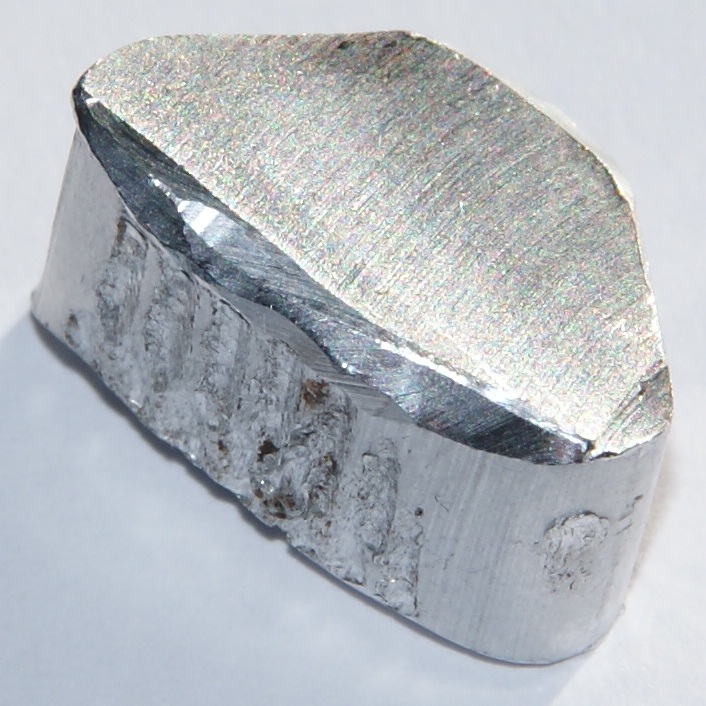Aluminium Hydroxide: Properties, Applications, and Environmental Considerations
Aluminium hydroxide, or hydrated alumina, is a compound with various industrial applications. This article explores aluminium hydroxide’s properties, applications, and environmental considerations. As a widely used chemical compound, aluminium hydroxide is crucial in diverse industries, including pharmaceuticals, construction, and manufacturing. Understanding its characteristics and uses is essential for professionals in these fields and individuals interested in its broader impact.
Properties and Composition of Aluminium Hydroxide:
This section delves into aluminium hydroxide’s chemical structure, physical properties, and composition. It explores its molecular formula, crystal structure, solubility, and reactivity with other substances. Additionally, the section discusses the various forms of aluminium hydroxide and its unique properties.
Industrial Applications of Aluminium Hydroxide:
Aluminium hydroxide finds numerous applications across different industries. This section highlights its uses in pharmaceuticals, flame retardants, water treatment, ceramics, and the manufacturing of aluminium-based products. It explores the compound’s role in each application, emphasizing the unique properties that make it well-suited for these purposes.
Aluminium Hydroxide in Pharmaceuticals and Healthcare:
Aluminium hydroxide is widely utilized in the pharmaceutical industry, particularly in antacids and vaccines. This section discusses its role in neutralizing gastric acid, treating gastroesophageal reflux disease (GERD), and acting as an adjuvant in vaccine formulations. It also addresses the safety considerations of using aluminium hydroxide in healthcare products.
Fire Retardant Properties of Aluminium Hydroxide:
Aluminium hydroxide is an effective flame retardant because it releases water vapor when exposed to heat. This section explores its role in reducing the flammability of various materials, such as plastics, textiles, and coatings. It discusses the mechanism of action and benefits of using aluminium hydroxide as a fire retardant.
Environmental Considerations and Safety:
Aluminium hydroxide’s environmental impact and safety considerations are important aspects to address. This section examines the compound’s potential environmental effects, including its toxicity to aquatic organisms and potential accumulation in soil and water. It also discusses the regulatory guidelines and precautions for safe handling and disposing of aluminium hydroxide.
Production and Manufacturing Processes:
This section provides an overview of obtaining aluminium hydroxide’s production and manufacturing processes. It discusses the extraction of aluminium from bauxite ore, followed by the precipitation of aluminium hydroxide from the resulting alumina. It also explores different methods used to achieve aluminium hydroxide’s desired purity and particle size.
Research and Development:
Ongoing research and development efforts are exploring new applications and improving the production and properties of aluminium hydroxide. This section highlights recent advancements, such as nanostructured forms of aluminium hydroxide and its potential applications in areas like drug delivery and catalysis.
Future Prospects and Challenges:
The final section discusses the prospects and challenges associated with aluminium hydroxide. It explores potential advancements in its applications, such as in renewable energy storage and wastewater treatment. Additionally, it addresses challenges related to cost, environmental impact, and the development of sustainable production methods.
Conclusion:
Aluminium hydroxide is a versatile compound with a wide range of industrial applications. Its unique properties, including its flame-retardant capabilities and acid-neutralizing properties, make it valuable in pharmaceuticals, construction, and manufacturing industries. Understanding the properties and applications of aluminium hydroxide is essential for professionals in these fields and for individuals interested in its broader impact. Furthermore, addressing the environmental considerations associated with its production and use is crucial to ensure its safe and sustainable application. Ongoing research and development efforts continue to explore new applications and improve aluminium hydroxide’s properties and production processes. With the proper consideration of safety, environmental impact, and technological advancements, aluminium hydroxide can continue contributing to various industries and pave the way for innovative solutions in the future.



